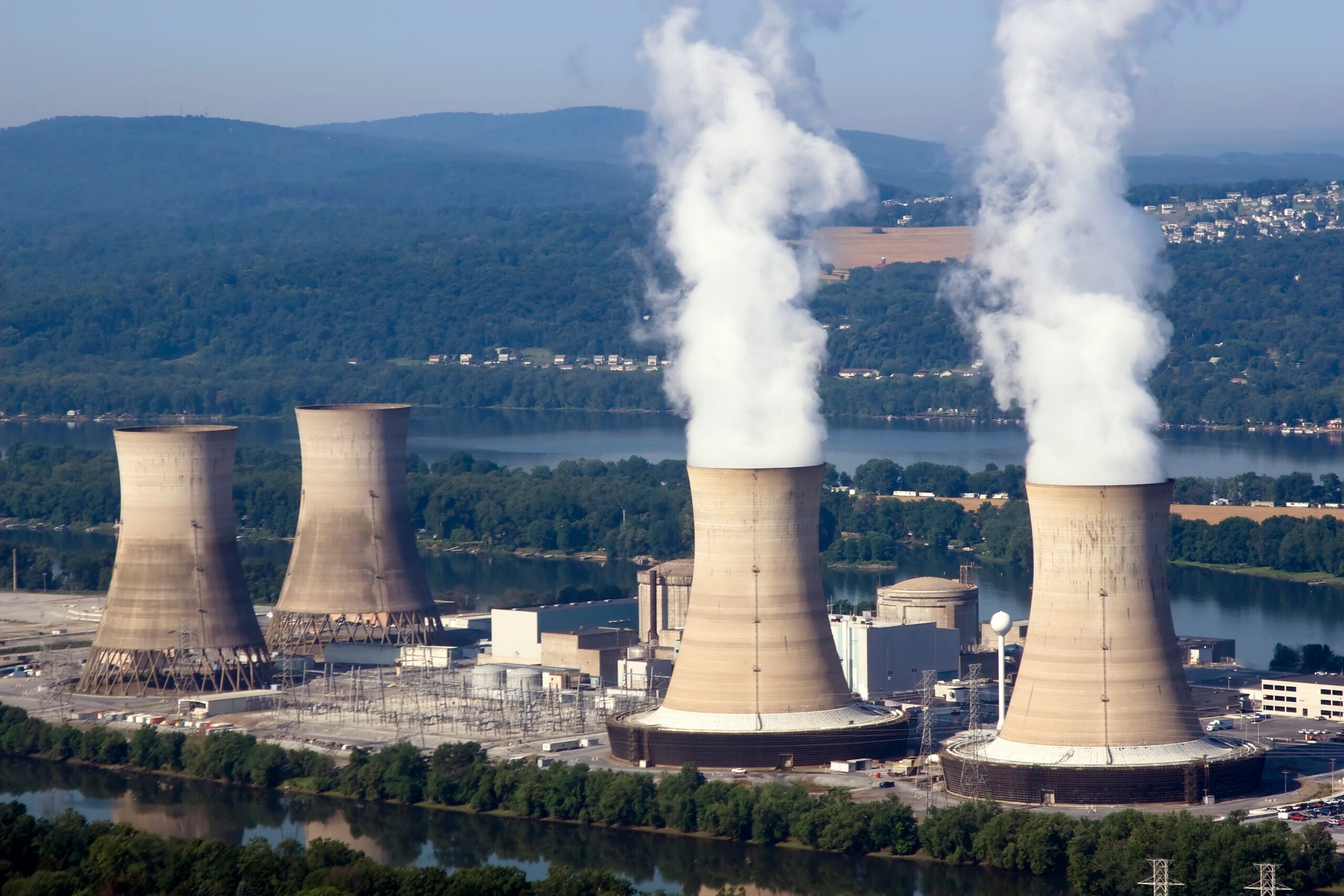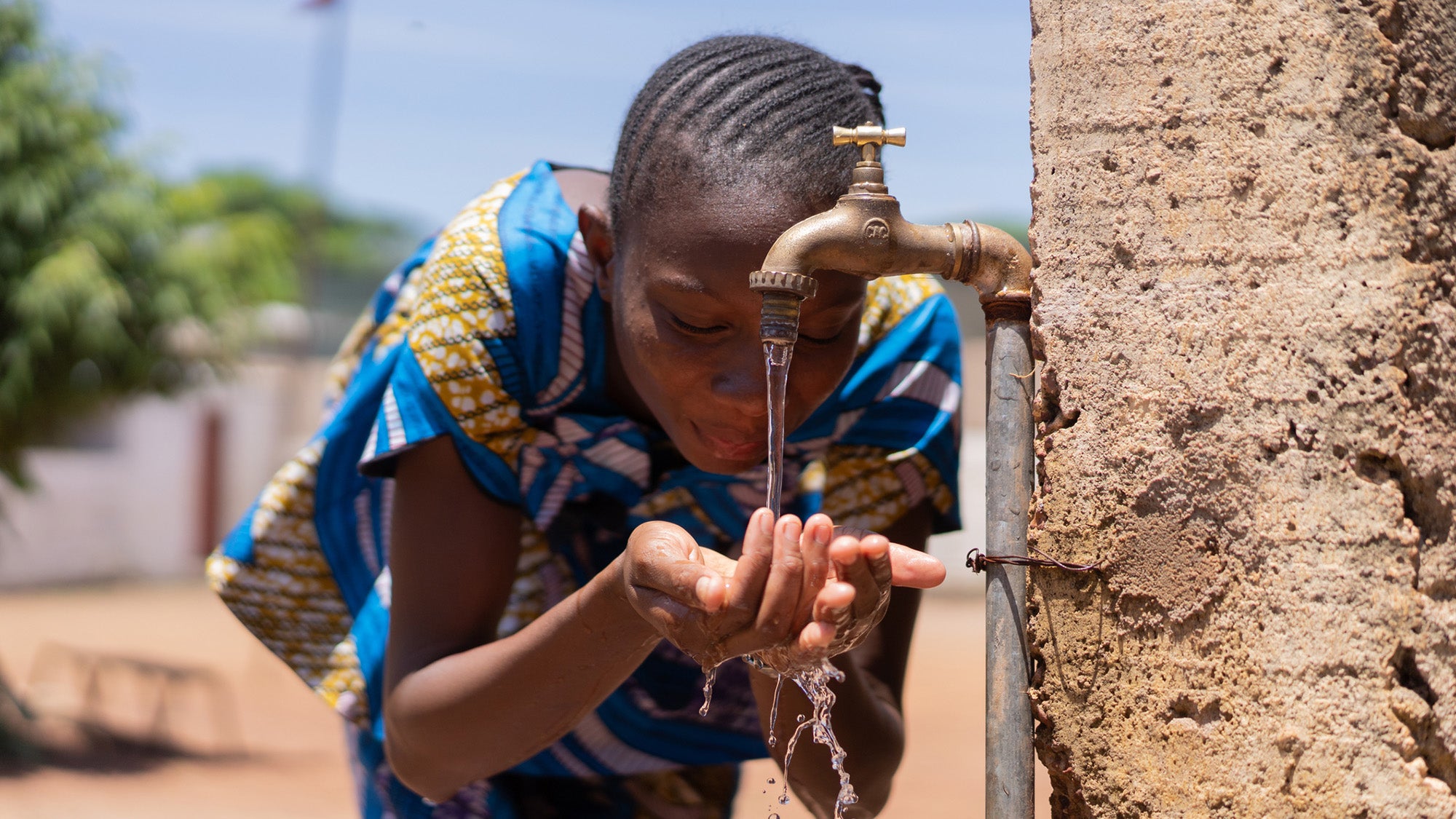Legionnaires’ disease: ‘Not just a New York City problem’

An outbreak of Legionnaires’ disease in New York City has killed at least six people and sickened at least 113 since late July. Experts say the disease, a severe type of pneumonia, has been on the rise in recent years, fueled by climate change.
“This is not just a New York City problem,” said Hannah Greenwald Healy, assistant professor of environmental health and exposure science at Harvard T.H. Chan School of Public Health, in an August 22 USA Today article. “I think of it as a problem in industrialized countries. We’ve been seeing increases in Legionnaires’ disease for decades now across the United States, across Canada, and across a lot of European countries.”
The bacteria that causes Legionnaires’ disease, Legionella, grows in warm water and spreads through water mist that contains the bacteria, which people can inhale. The New York City outbreak was traced to cooling towers on a dozen large buildings. The towers are used to draw heat from inside the buildings during warm weather.
Speaking on NBC News on August 24, Healy noted that Legionnaire’s outbreaks are more likely to occur in older buildings. “A lot of buildings that didn’t traditionally have air conditioning units might be putting in these cooling towers that would make a lot more people susceptible,” she said.
Those most at risk from Legionnaires’ disease include people who are over 50, who smoke, are immunocompromised, or have chronic conditions, according to experts quoted in the news stories. They recommended staying up to date on vaccines for illnesses like flu and pneumonia, and getting checked quickly if you have flu-like symptoms.
Read the USA Today article: Legionnaires’ disease is spreading thanks to a perfect storm of conditions
Watch the NBC News clip: Nationwide concerns over deadly Legionnaires’ disease outbreak


